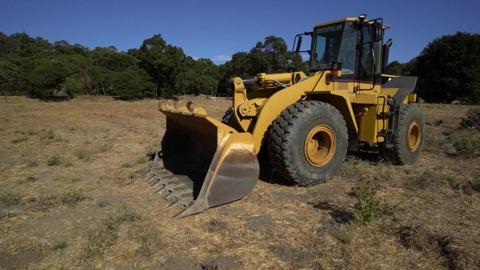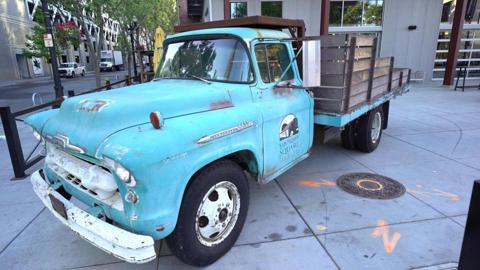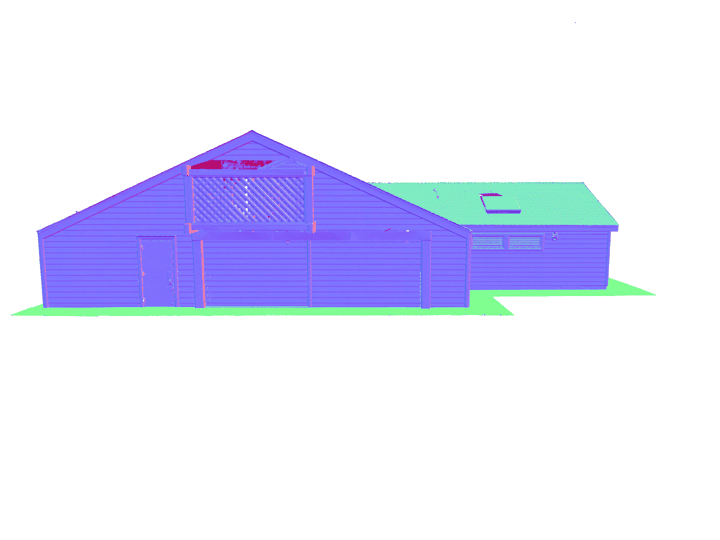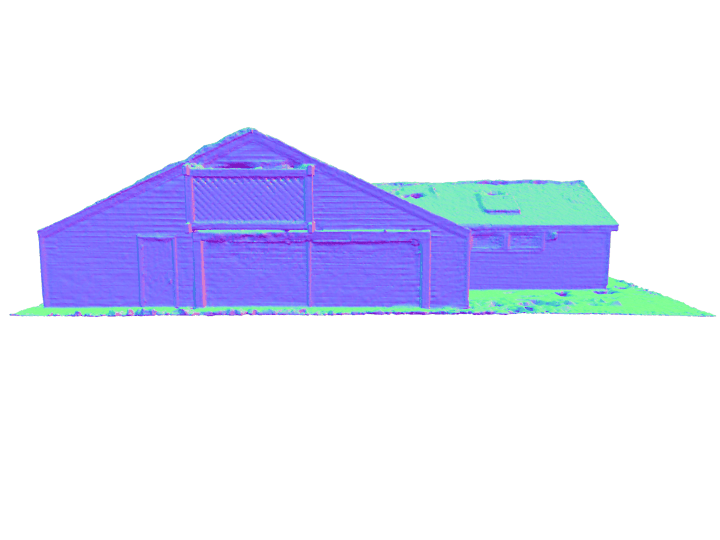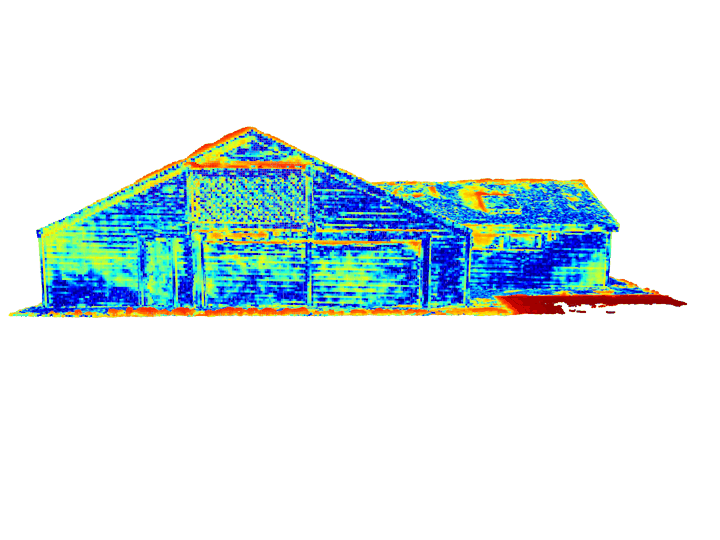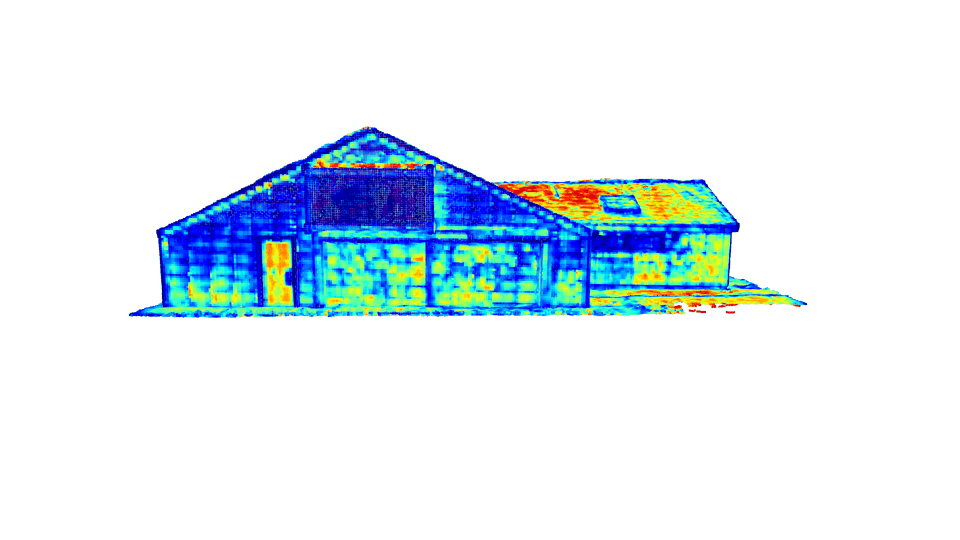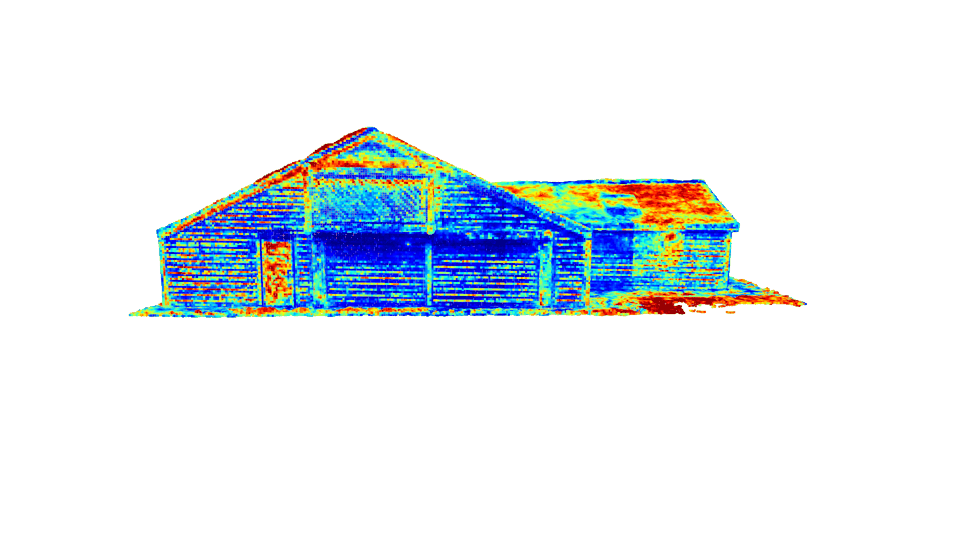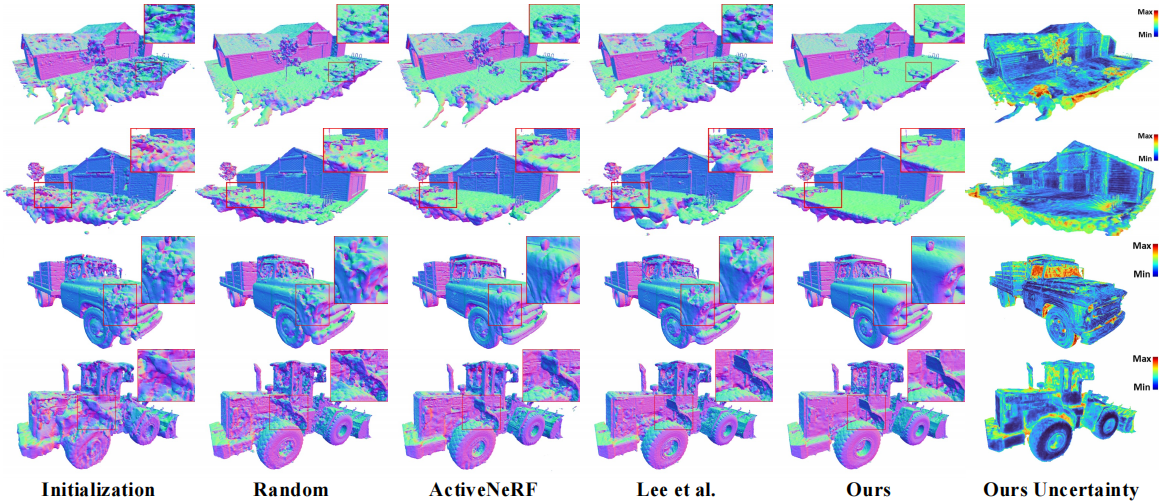Abstract
Neural surface representation has demonstrated remarkable success in the areas of novel view
synthesis and 3D reconstruction.
However, assessing the geometric quality of 3D reconstructions in the absence of ground truth mesh
remains a significant challenge,
due to its rendering-based optimization process and entangled learning of appearance and geometry
with photometric losses.
In this paper, we present a novel framework, i.e, GURecon, which establishes a geometric
uncertainty field for the neural surface based on geometric consistency.
Different from existing methods that rely on rendering-based measurement,
GURecon models a continuous 3D uncertainty field for the reconstructed surface,
and is learned by an online distillation approach without introducing real geometric information for
supervision.
Moreover, in order to mitigate the interference of illumination on geometric consistency,
a decoupled field is learned and exploited to finetune the uncertainty field. Experiments on various
datasets
demonstrate the superiority of GURecon in modeling 3D geometric uncertainty,
as well as its plug-and-play extension to various neural surface representations and improvement on
downstream tasks such as incremental reconstruction.

Fig. 1: System Overview. The proposed GURecon models a geometric uncertainty field supervised by the pseudo labels computed based on the multi-view geometry consistency. To deal with the view-dependent factors, additional decoupled fields are also learned and exploited to fine-tune the uncertainty field. With the predicted uncertainty fields, GURecon can boost the downstream tasks such as incremental reconstruction.

